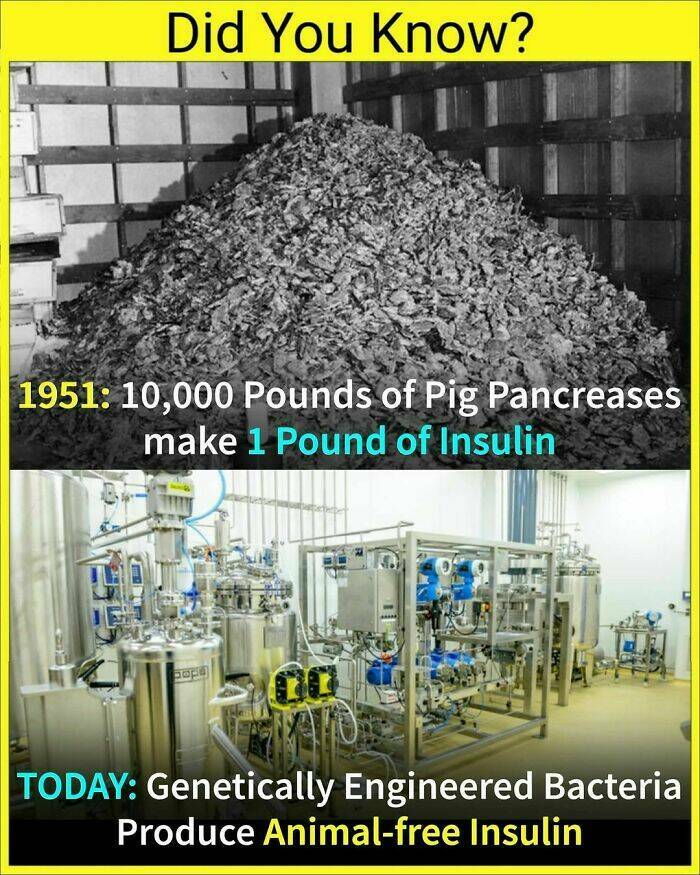3.

Lina 3 year s ago
#34 No. You'd never reach the other side without some propulsive measure. If you just jumped in the hole, you'd fall almost to the other side before the earth's gravity pulled you back. Gravity diminishes as you drop toward the center and increases as you move toward the opposite surface. Like a pendulum, you wouldn't reach the surface, you'd fall shorter with each swing, until you stopped in the center. Forever stuck.
4.

Phelia 3 year s ago
Lina,
If the tube was filled with air, you could only travel at max 53 m/s, the terminal velocity of a skydiver in our atmosphere.
At 53 m/s it would take over 66 hours (12720km / 53m/s) to reach the other side, not 42 minutes.
(It's much more complicated, however. Acceleration decreases toward the core, but air drag would increase due to the 6000 km air pillar on both sides. In fact, you would not reach the other side at all, because at 53m/s you could not travel from the core to the surface while decelerating.)
If the tube contained a very good vaccuum, you could accelerate further, like in space.
You would travel at an average speed of 5 km/s (12720km / 2536s), but more like 10 km/s toward the core.
In an atmosphere, at that velocity, you would burn to ashes like a shooting star. In the vacuum you should still not touch the walls of the tube.
If the tube was filled with air, you could only travel at max 53 m/s, the terminal velocity of a skydiver in our atmosphere.
At 53 m/s it would take over 66 hours (12720km / 53m/s) to reach the other side, not 42 minutes.
(It's much more complicated, however. Acceleration decreases toward the core, but air drag would increase due to the 6000 km air pillar on both sides. In fact, you would not reach the other side at all, because at 53m/s you could not travel from the core to the surface while decelerating.)
If the tube contained a very good vaccuum, you could accelerate further, like in space.
You would travel at an average speed of 5 km/s (12720km / 2536s), but more like 10 km/s toward the core.
In an atmosphere, at that velocity, you would burn to ashes like a shooting star. In the vacuum you should still not touch the walls of the tube.












If the tube was filled with air, you could only travel at max 53 m/s, the terminal velocity of a skydiver in our atmosphere.
At 53 m/s it would take over 66 hours (12720km / 53m/s) to reach the other side, not 42 minutes.
(It's much more complicated, however. Acceleration decreases toward the core, but air drag would increase due to the 6000 km air pillar on both sides. In fact, you would not reach the other side at all, because at 53m/s you could not travel from the core to the surface while decelerating.)
If the tube contained a very good vaccuum, you could accelerate further, like in space.
You would travel at an average speed of 5 km/s (12720km / 2536s), but more like 10 km/s toward the core.
In an atmosphere, at that velocity, you would burn to ashes like a shooting star. In the vacuum you should still not touch the walls of the tube.
This would be cool if the pyramids were only 4000 years old but they are much older than that.
Go read that again.
*Holds hands apart* Aliens!
It's all about the storage and supply lines. Harvesting the power from the sun is the easy part.